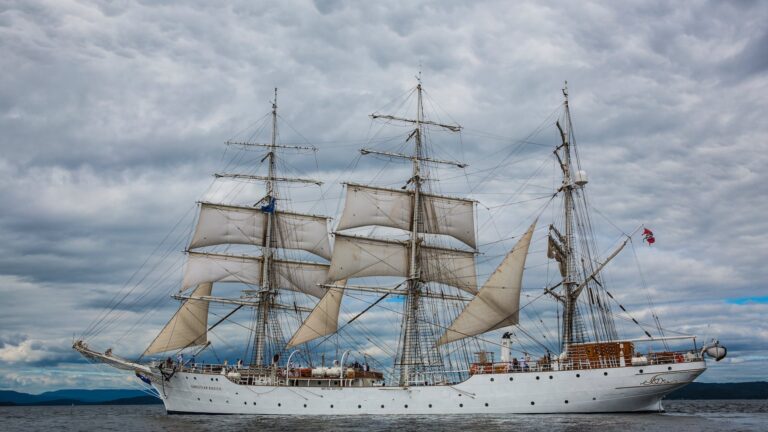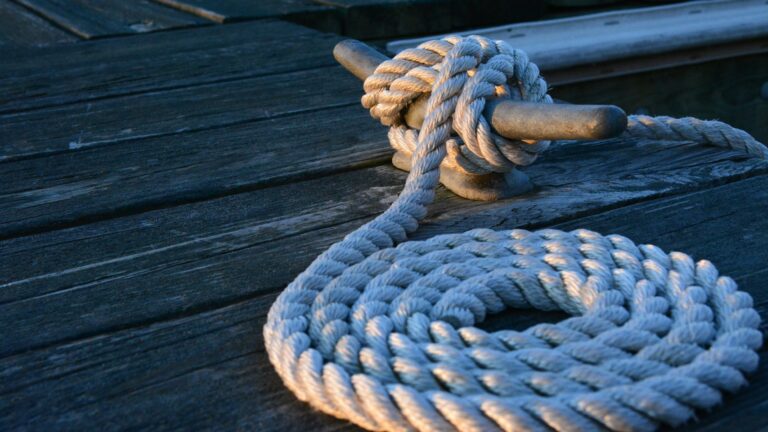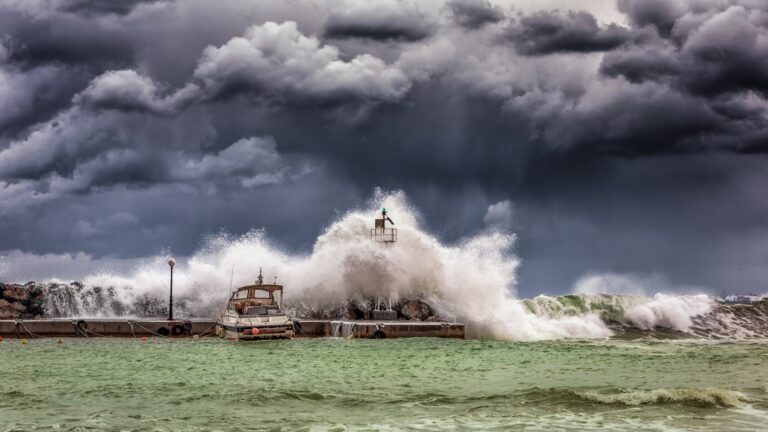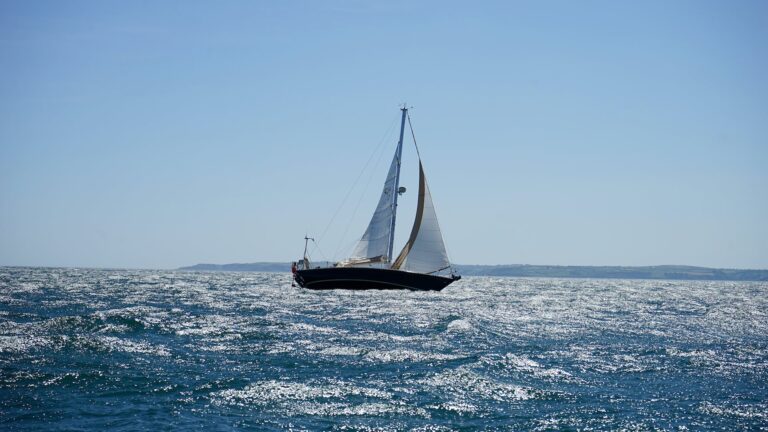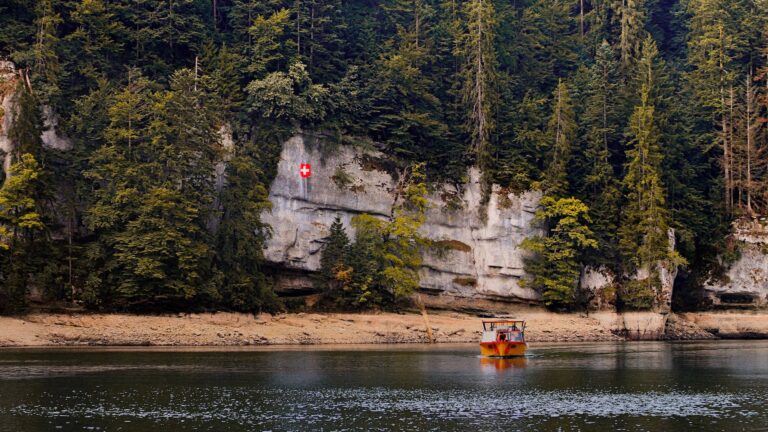What wind speed creates choppy water?
- Introduction
- What is Choppy Water?
- What Causes Choppy Water?
- How Does Wind Speed Affect Choppy Water?
- Wind Speeds of 15-19 Knots (17-22 mph)
- Wind Gusts of 34 Knots (39 mph) or More
- Best Wind Speed for Sailing
- Tips for Sailing in High Winds
- Safety Tips for Sailing in High Winds
- Conclusion
- Resources
What Wind Speed Creates Choppy Water?
Sailing can be an exhilarating experience, but it can also be uncomfortable and even dangerous when the water conditions are choppy, caused by high winds and swells. To navigate the waters safely and comfortably, it’s important to understand what wind speed creates choppy water, as well as how to handle the situation if you find yourself sailing in high winds or choppy water conditions. This article will provide an overview of what causes choppy water and how different wind speeds affect it, as well as some tips on how to sail safely in high winds and choppy waters.
What is Choppy Water?
Choppy water is a term used to describe rough seas with whitecaps, which occur when the wind blows across the surface of the ocean or other body of water, creating waves that are short and steep with white foam on their crests. This type of sea state can make sailing difficult and uncomfortable, due to the increased pitching and rolling motion of the boat caused by these waves. It can also cause seasickness in some people, making it important to understand how wind speed affects choppiness in order to sail safely and comfortably.
What Causes Choppy Water?
Choppy water is created when strong winds blow across a body of water, causing short, steep waves that create white caps on the surface of the water due to their increased energy levels compared to calmer sea states such as millpond or glassy conditions where there are no white caps present on the surface of the water due to low wind speeds and wave heights. While any strong wind can create choppier waters regardless of its direction, strong winds from a perpendicular direction will create harsher conditions than those created by winds from an oblique angle which can be more manageable depending on boat size and experience level of the crew aboard.
How Does Wind Speed Affect Choppy Water?
The higher the wind speed is, the more energy will be transferred into wave height which will create shorter, steeper waves that are more likely to create white caps on their crests due to their increased energy levels compared to calmer sea states such as millpond or glassy conditions where there are no white caps present on the surface of the water due to low wind speeds and wave heights. Generally speaking, wind speeds higher than 15 knots (17 mph) will create enough energy for these short steep waves with whitecaps that are characteristic of choppier waters which can make sailing difficult and uncomfortable for inexperienced sailors or boaters who lack proper safety gear such as life jackets or harnesses that would allow them to stay safe while sailing in these conditions.
## Wind Speeds of 15-19 Knots (17-22 mph) \ *bold*\ **italic**\ #heading\ link\  \
\
Wind speeds between 15-19 knots (17-22 mph) can create uncomfortable yet manageable conditions for sailing depending on boat size and experience level of those aboard it; larger boats may not feel much difference while smaller boats may have difficulty staying upright if they don’t have proper safety gear onboard such as life jackets or harnesses that would allow them stay safe while sailing in these conditions – though inexperienced sailors should still take caution in these scenarios regardless!
## Wind Gusts of 34 Knots (39 mph) or More \ *bold*\ **italic**\ #heading\ link\  \
\
Wind gusts between 34 knots (39 mph) or more can be strong enough to capsize small boats particularly if they don’t have proper safety gear onboard such as life jackets or harnesses that would allow them stay safe while sailing in these conditions – though inexperienced sailors should still take caution in these scenarios regardless! In addition, these gusts can also cause large swells that may make navigation difficult for any sized vessel – so use extreme caution if you find yourself navigating through these types of waters!
## Best Wind Speed for Sailing \ *bold*\ **italic**\ #heading\ link\  \
\
The best wind speed for sailing varies depending on boat size and experience level; however, most experienced sailors recommend keeping your boat at 25 knots or less if possible so as not to put your vessel at risk during high winds or choppier seas with larger swells – though this may vary depending on individual comfort levels when navigating through different types of waters!
## Tips for Sailing in High Winds \ *bold*\ **italic**\ #heading\ link\ 

